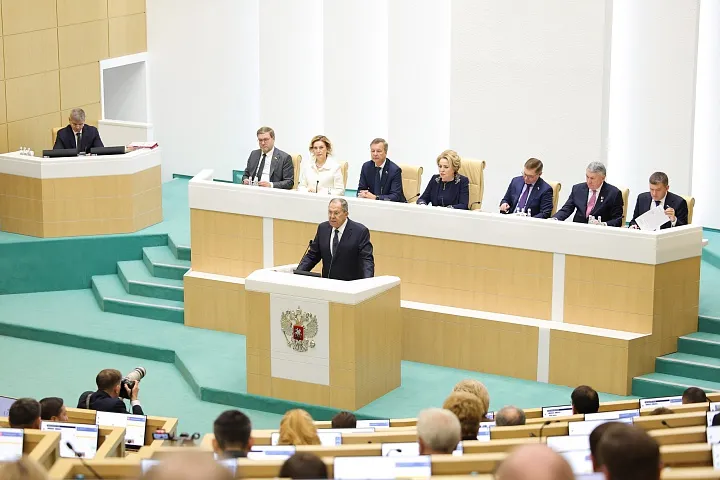March 19, 2025 (EIRNS)—Asked by Chatham House director Bronwen Maddox to explain what value India saw in the BRICS, and whether BRICS was an economic or an ideological grouping, Indian Foreign Minister Dr. S. Jaishankar replied that no label applies to the BRICS.
“Some things are not so easily defined, and BRICS is one.… We are a very diverse group. We are an exception to the normal rules on which groups are formed. I mean, normally, countries who approximate geographically to each other or have some particular shared history or some kind of ethnic or linguistic commonality…. BRICS defies all those assumptions.
“It is not like the Commonwealth. It is not like NATO. It is not like the G7. It is not like anything which had been conceptualized early…. If I were to really look at what brought BRICS countries together, it was a sense among very major powers that they were not getting their due place or due share of global conversations and decision making. And they would be better off if they came together and then, shall I say, sent a collective message. So that is how BRICS started.
“And since then, I think clearly they must be doing something right if so many countries want to join BRICS and so many countries actually have joined BRICS…. Yes, we do discuss economic issues. We also discuss political issues…. I wouldn’t straightjacket it…. It’s hard to find a single objective which would do BRICS justice.”
Jaishankar had much more to say in his hour-long, March 5 public “Conversation” at Chatham House, during a weeklong visit to the U.K. and Ireland. (His Irish visit began with a visit to Dublin’s museum on the 1916 Easter Rising, which, he wrote
On the new Trump administration: “Conceptually, I think we see a president and an administration, which in our parlance is moving towards multipolarity. And that is something which suits India…. Since 1945, one tends to think and talk about the United States as `U.S. and the Western world’ … more like a block rather than a nation. I think what is quite clear is the U.S.’s own self-perception is now more as a nation and perhaps a little less as a block.” He cited Trump’s interest in developing tech and in “connectivity initiatives of a certain collaborative nature,” as areas for U.S.-Indian cooperation.
He made clear that India is not interested in developing multiple currencies, replacing the dollar, and stressed that “there is no united BRICS position against the dollar.” As for India, “both a strategic assessment, as well as our sense of what is required today by the international economy, will guide our thinking on this matter.” Right now, India’s priority is to work with the U.S. to strengthen the international financial system, because in its view, the U.S. economy is “the key player in the global international architecture.”


